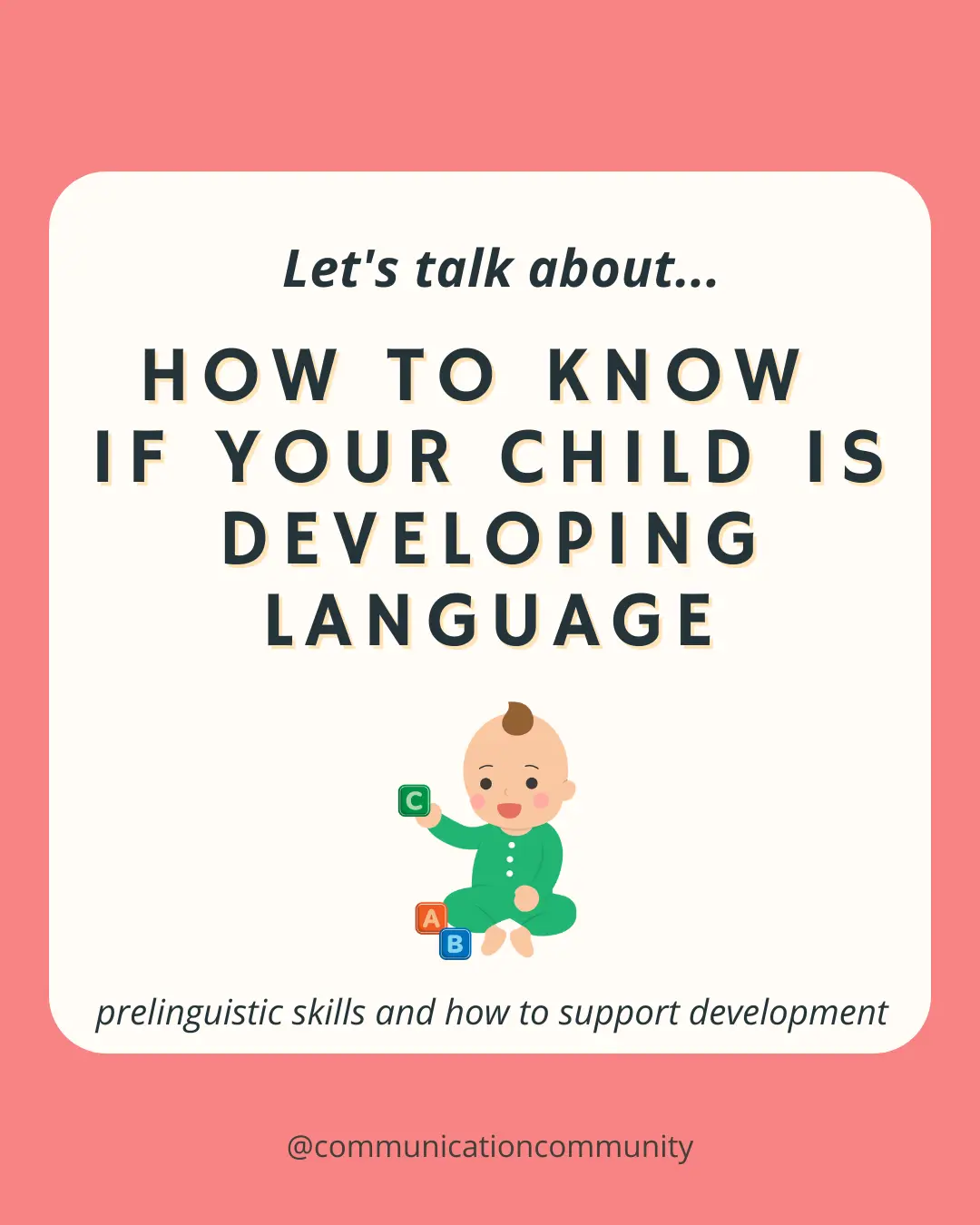
Early Communication Skills in Young Children
Language development in children involves more than just the number of words a child says! In this post, we discuss prelinguistic skills and how to support your child’s language development.

Language development in children involves more than just the number of words a child says! In this post, we discuss prelinguistic skills and how to support your child’s language development.
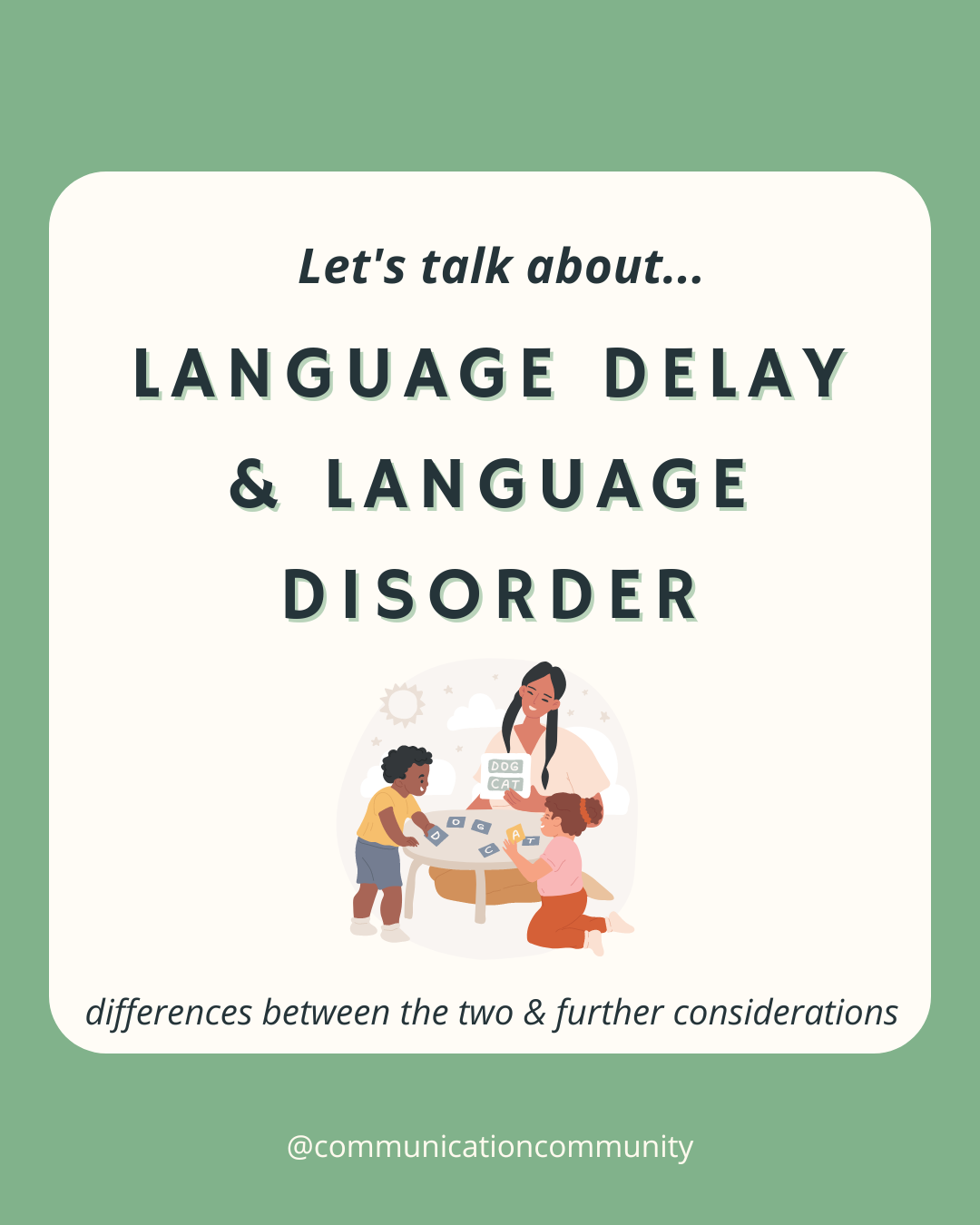
The key difference between a language delay and a disorder is the pattern of development. Learn more about how to distinguish between the two, possible next steps, and why we avoid the "wait and see" approach.
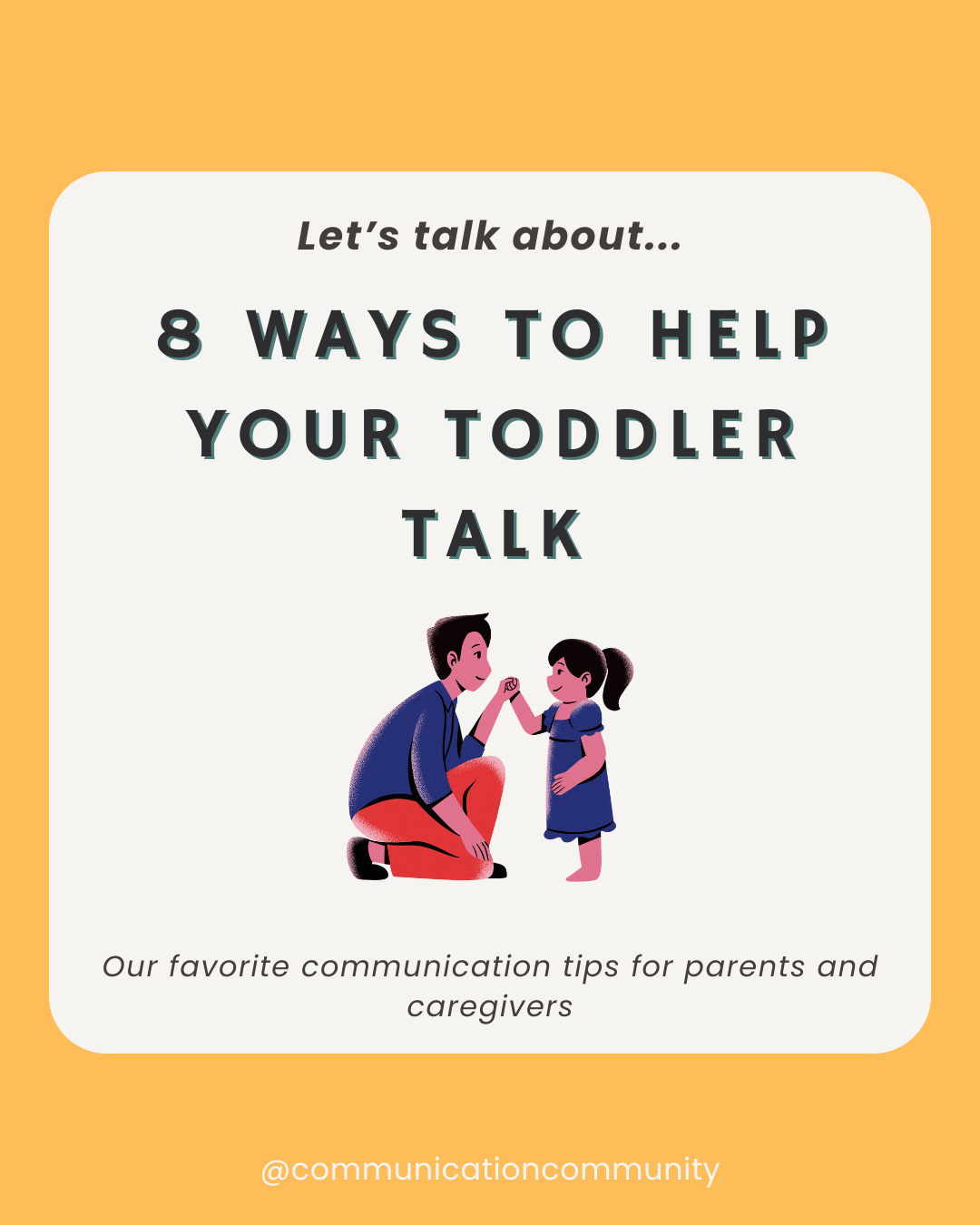
Check out 8 ways to help your toddler talk, written by speech-language pathologists (SLPs). In this post, we share our favorite communication tips for parents who have babies and toddlers! Tips include: play, extensions/expansions, joint book reading, and more!
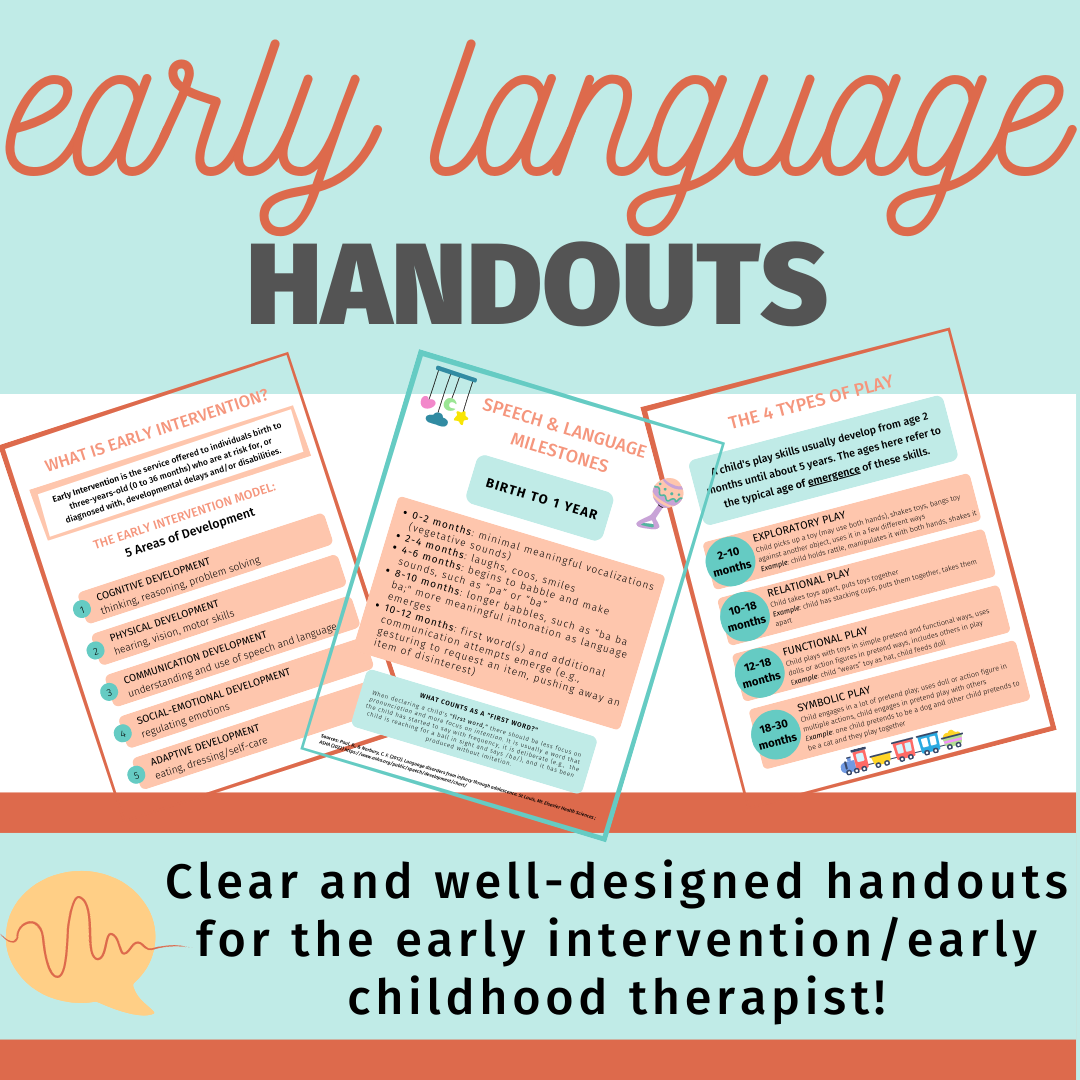
Clear and well-designed handouts for the early intervention/early childhood therapist. Speech and language milestones, developmental charts, & more!
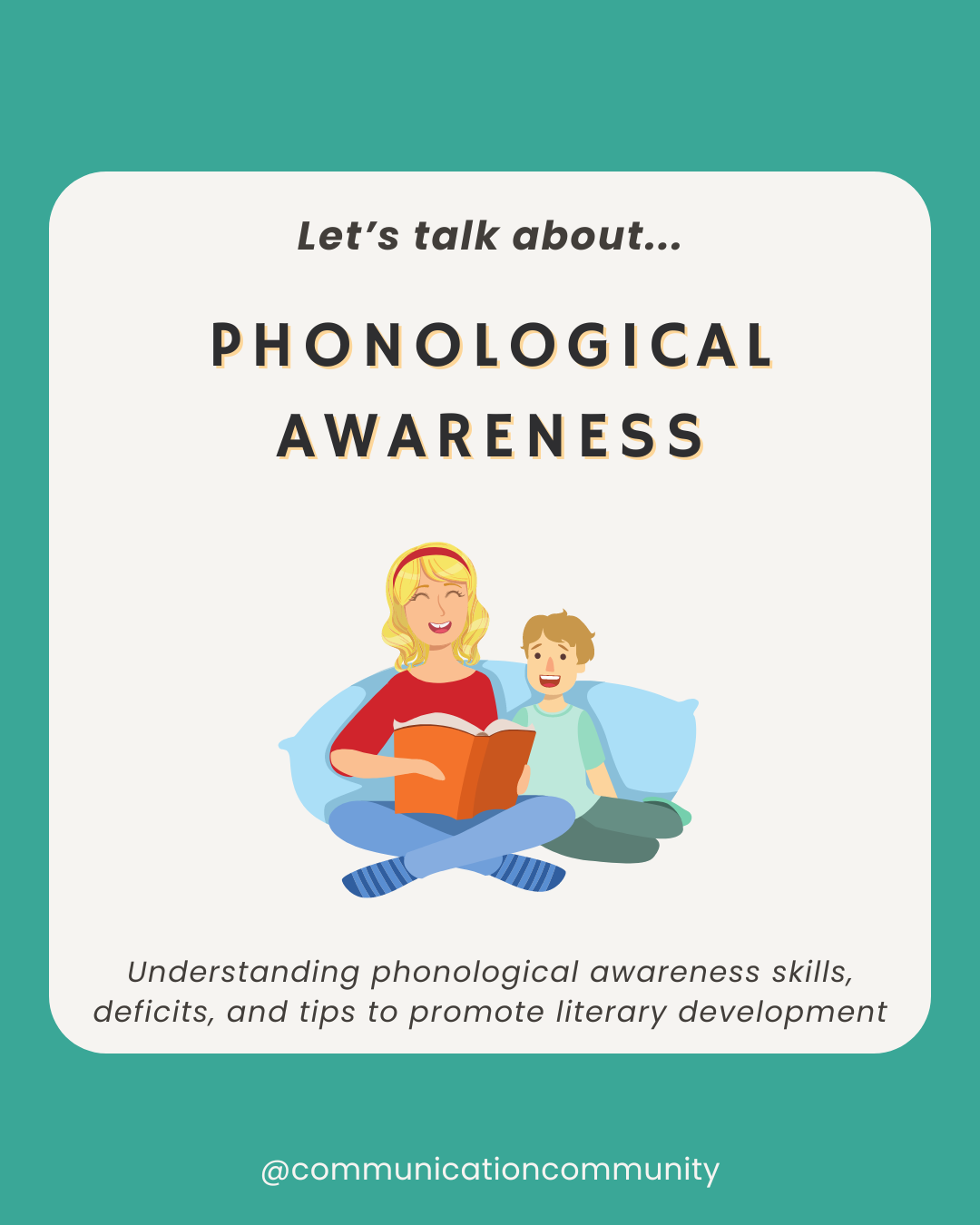
Phonological awareness is essential for learning how to read. When a child has these awareness skills, they can understand that words can be broken down into smaller parts. Some children pick this up naturally, while others may require intervention.
![What are Play Skills? [Implications for Speech and Language Development]](https://www.communicationcommunity.com/content/images/2024/08/How-to-Write-Self-Determination-Goals---2-.png)
Play skills are significant when it comes to a child’s speech and language development. Play provides some of the earliest opportunities for a child to develop social skills and to form symbolic relationships. These areas serve for later developing higher-level language functions.

Expressive language is the language that we produce or use to communicate messages. One’s primary expressive language system can look different depending on the individual. We will talk about how phonology, morphology, syntax, semantics, and pragmatics play a role in expressive language.
